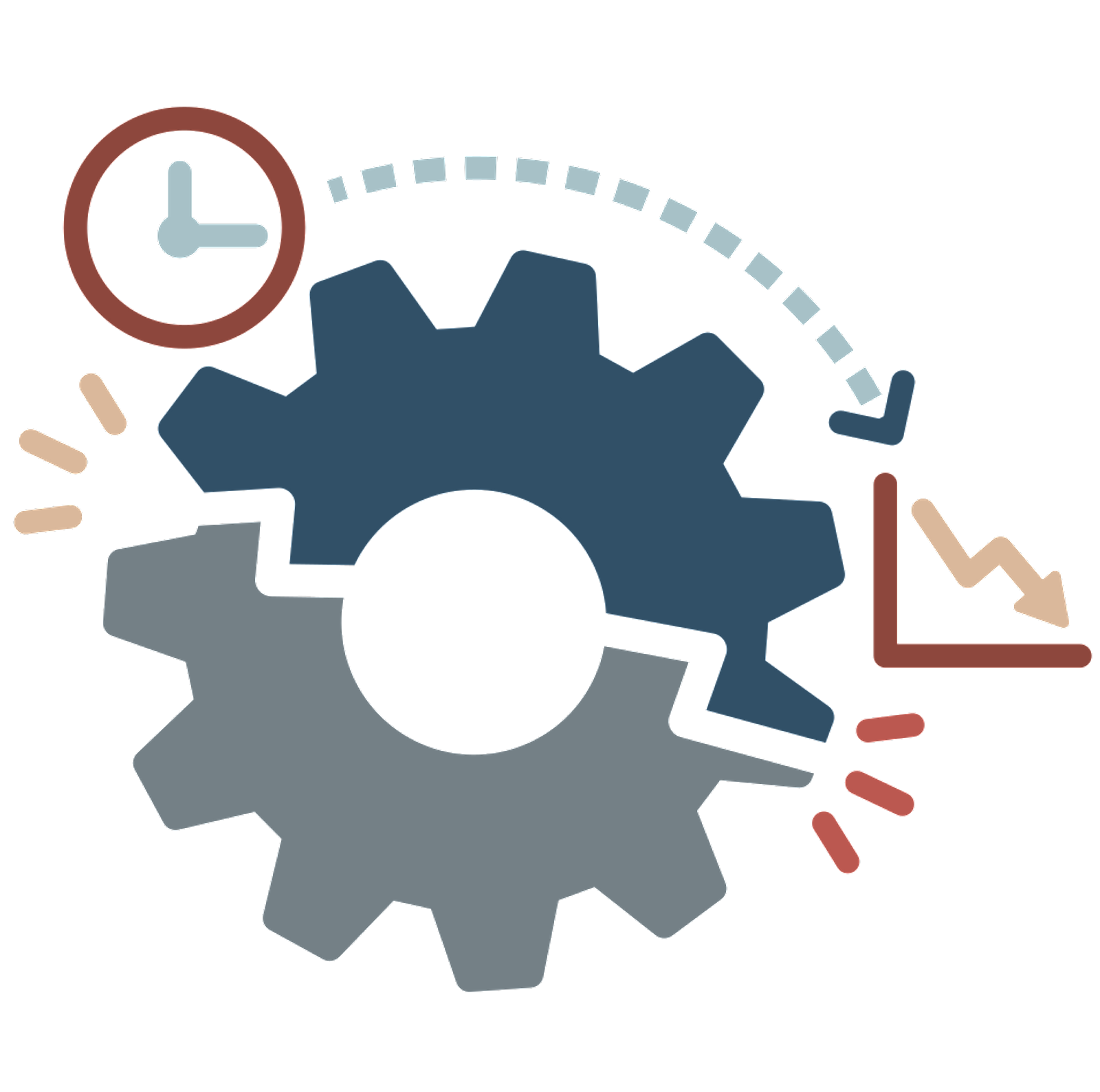ERP Integration to Shopify: A Non-Technical Brief for Managers
When your Shopify store starts to scale, the cracks show fast. Inventory mismatches, manual data entry, delayed financials, and siloed systems become daily headaches. That’s where ERP integration comes in — but for many managers, the tech talk around APIs, data models, and middleware sounds like another language.
This post breaks down what ERP-to-Shopify integration really means, why it matters, and what to expect — all without the jargon.
What an ERP Really Does (in Plain English)
Think of your ERP (Enterprise Resource Planning) system as the “mission control” for your business — where finance, inventory, fulfillment, and customer data all come together.
Shopify, on the other hand, is your sales engine — designed for speed, conversion, and customer experience.
Integrating the two connects your front-end (Shopify) and back-office (ERP) in real time so that:
- Orders sync automatically
- Inventory levels stay accurate across channels
- Pricing and promotions align
- Financial data flows cleanly into accounting
No more exporting CSVs, no more duplicate entries, no more “I thought we had 12 left in stock.”
Why Integration Matters for Managers
You don’t need to know how to code it — but you do need to understand why it matters for your business outcomes.
1. Better Decision-Making
You get accurate, real-time data. When sales, finance, and inventory are aligned, you can make smarter decisions faster.
2. Operational Efficiency
Automation replaces repetitive manual tasks. That saves labor hours, reduces human error, and speeds up fulfillment.
3. Improved Customer Experience
When inventory and fulfillment are synced, customers get faster shipping, accurate stock info, and timely communication.
4. Scalable Growth
As your business adds sales channels, products, or locations, an integrated system grows with you — instead of breaking under pressure.
Common Integration Models
There’s no “one size fits all,” but here are the three most common ways to connect Shopify to your ERP:
- Pre-Built Connectors
Turnkey apps built for specific ERPs (like NetSuite, Microsoft Dynamics, or SAP Business One). Great for speed, but may have limitations on customization. - Custom Middleware
A tailored integration layer that moves data between systems. More flexible and future-proof, but requires expert setup and maintenance. - API-Based Integrations
Direct communication between Shopify and ERP through APIs. Best for complex operations where you need total control of the data flow.
At BubbleUp, we typically start with a fit assessment — matching your ERP’s data structure to Shopify’s requirements — to determine which approach aligns with your goals and tech maturity.
What the Integration Process Looks Like
Even if you’re not the one wiring it up, understanding the phases helps you manage the project:
- Discovery & Mapping
Identify what data needs to flow between systems — products, orders, customers, inventory, pricing, etc. - Design & Development
Build the connection and ensure data fields align between ERP and Shopify. - Testing & Validation
Run through real-world scenarios — refunds, returns, order edits — to ensure everything stays synced. - Go-Live & Support
Launch the integration with live data and monitor closely for the first few weeks.
Red Flags to Watch For
Even good integrations can fail if:
- The ERP data is messy or inconsistent
- Custom workflows weren’t mapped correctly
- There’s no process for handling sync errors
Your takeaway as a manager: Integration doesn’t fix bad data — it amplifies it. Clean up before you connect.
Final Thought: Integration as a Competitive Advantage
Shopify ERP integration isn’t just about efficiency. It’s about creating a connected business that runs leaner, faster, and smarter.
At BubbleUp, we help brands integrate their systems so they can focus on what matters — building products, serving customers, and scaling profitably.
If your Shopify store is outgrowing its systems (and your patience), let’s talk about connecting the dots between your storefront and your back office.
SEO Optimization Highlights:
- Primary keyword: ERP Integration to Shopify
- Secondary keywords: Shopify ERP integration, non-technical guide, eCommerce efficiency, Shopify management, ERP Shopify connection
- Meta Description (for SEO):
Learn how ERP integration with Shopify helps managers eliminate manual processes, improve data accuracy, and scale operations — no technical background required.
